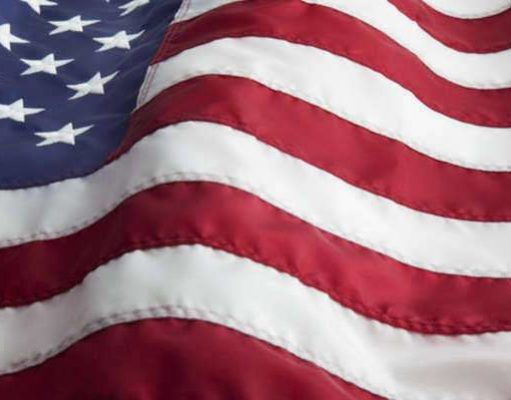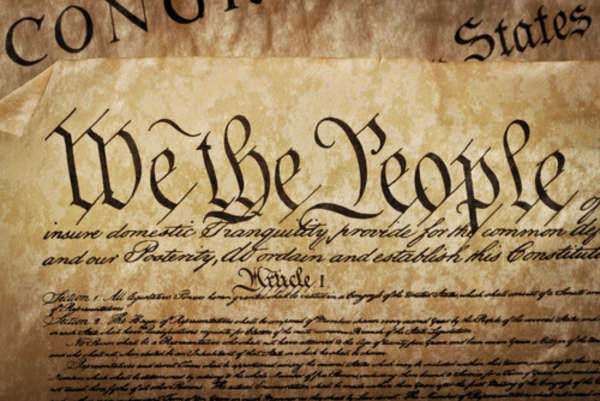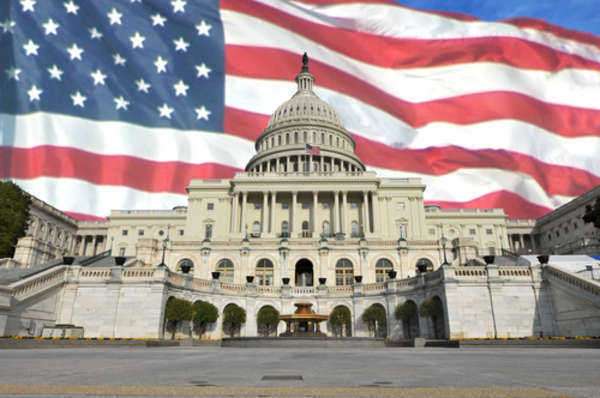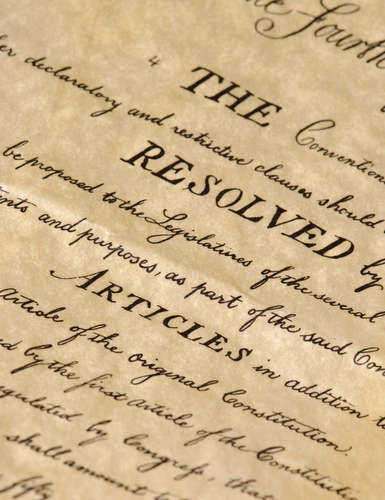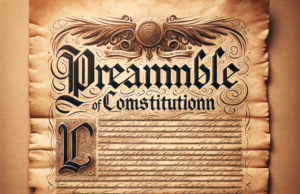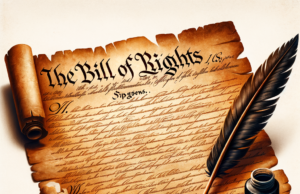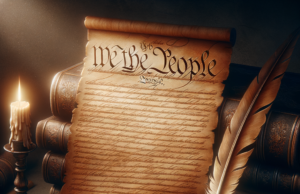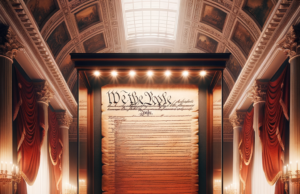Indirect Popular Voting

Introduction
Direct democracy involves citizens directly electing their leaders without an intermediary, while indirect democracy involves citizens electing representatives who make decisions on their behalf. While representative democracy is the most popular form of democracy practiced worldwide, it can take different forms, including indirect popular voting. Indirect popular voting refers to a democracy where citizens elect representatives, who then cast ballots on their behalf for a particular candidate or policy position. This article explores the concept of indirect popular voting, its pros and cons, and how it is applied in other countries.
Definition of Indirect Popular Voting
Indirect popular voting, also known as an indirect election, is a democratic system that involves citizens electing representatives, who then vote on their behalf. The term “popular” refers to the public election of representatives, while “indirect” refers to the subsequent voting by these representatives on behalf of their constituents. In this system, voters elect representatives, who then elect officials to various positions in government, such as the President, Vice President, or a particular policy. Indirect popular voting can take different forms, such as the Electoral College in the United States, where electors cast their votes on behalf of citizens, or the Parliamentary system, where citizens elect Members of Parliament, who in turn elect the Prime Minister.
Pros of Indirect Popular Voting
1. Provides a System of Checks and Balances
One of the advantages of indirect popular voting is its provision of a system of checks and balances. Indirect popular voting helps to ensure that there are several layers of representation and evaluation. This system ensures that all perspectives are well-represented and that a diversity of viewpoints is considered. This way, it’s less likely that the ruling authorities are authoritarian in their leadership style and more likely that they will govern according to what’s best for the citizenry.
2. Promotes Impartiality
Another pro of indirect popular voting is that representatives have the responsibility of voting without fear or favor since they are not directly accountable to the voters. Officials elected under indirect popular voting must act for the wider population and not the particular interests of their constituency or supporters. This way, they focus more on what’s right for the wider population as a whole rather than individual entities.
3. Helps to Avoid Electoral Fraud
Indirect popular voting helps to avoid electoral fraud since it’s challenging to rig the election system. It also prevents the ruling authorities from abusing their power by tampering with the electoral process. In an indirect popular voting system, there’s a lower temptation to manipulate the system as only a few individuals can do the actual casting of the votes, thereby minimizing the prospect of electoral fraud.
4. Encourages Higher Voter Turnout
An indirect popular voting system can encourage higher voter turnout since citizens feel that their vote counts. It also minimizes the problem of low voter turnout caused by obstacles like voter disenfranchisement, apathy or inconvenience because of logistics issues. Thus, there is much less fear of missing out since the representative systems help to ensure the voices of citizens are adequately represented even when they haven’t explicitly cast a ballot.
Cons of Indirect Popular Voting
1. It Can Result in the Majority Not Winning
One of the criticisms of indirect popular voting is that it can result in a case where the majority’s choice doesn’t win. This is because officials elected under an indirect popular voting system are not bound by the will of all the voters in their jurisdiction, and as such, can support a candidate that does not necessarily represent all the voters in that particular jurisdiction. This may disproportionately benefit particular interests at the expense of the wider population.
2. The Electoral College System in the United States Has Disadvantages
The electoral college system used in the United States, which is an example of an indirect popular voting system, has been a subject of controversy for years. Critics of this system claim that it nullifies the popular vote and favors certain areas over others. Proponents of the system claim that it helps smaller, rural states have a voice in choosing the President instead of being overshadowed by high population states.
3. It Can Create Political Oligarchies
An indirect popular voting system can quickly lead to the creation of political oligarchies in which a small group of individuals control the political landscape of the country. This oligarchy can develop within a particular political party or interests, and without sufficient oversight, lead to the disenfranchisement of other citizens. The elitism-driven nature of indirect popular voting can lead to political monopolies, a problem that may not be able to get mitigated.
4. Can lead to Corruption
Another con of indirect popular voting is that it can lead to corruption. Elected officials may make decisions based on benefits and favoritism rather than the interests of the people, potentially harming the stability of the country and undermining the democratic process. When representatives don’t vote according to the wishes of their constituents, transparency in governance is tarnished and an exploitative political system becomes entrenched.
Application of Indirect Popular Voting in Other Countries
Indirect popular voting is used worldwide, and many countries have leveraged this system for years. Countries adopting an indirect popular voting system include:
1. India
India has a parliamentary system, which is an example of indirect popular voting. India elects individuals to a primary parliamentary position, which then elects the President. In this system, the President is not directly elected by citizens, as is typical in a direct democracy. Instead, the people’s representatives cast the ballots on citizens’ behalf, making it an indirect election.
2. South Africa
a democratic system that entrenches the indirect popular voting system. The country adopted an electoral system that ensures representatives elected from their district will vote for the next President. It minimizes the direct election of Presidents but still ensures the people’s views are adequately represented in the election process.
3. Canada
In Canada, the Head of State is the monarch represented by the Governor-General, who is appointed by the reigning monarch on the advice of the Canadian Prime Minister. The Governor-General relies on the advice of Cabinet Ministers and other significant officials when they perform their duties.
Conclusion
Indirect popular voting has advantages and disadvantages and has been used worldwide, with many countries adapting different variants to fit their unique democratic systems. While the concept of indirect popular voting may result in a loss of the majority’s choice, it also promotes impartiality, minimizes the prospects of electoral fraud, promotes independence, helps to avoid voter disenfranchisement and logistical problems, and encourages higher voter turnout.
However, it can also lead to political oligarchies, corruption, and potentially undermine the democratic process. Indirect popular voting systems require constant reviews and transparency vis-à-vis the mechanisms of ensuring fair representation.The Second Article of the Constitution establishes the electoral college as a system of indirect popular voting in order to elect the President of the United States. This system is differentiated from a system based upon direct popular vote in that it is possible for a presidential candidate to win the popular vote while losing the actual election. The Constitution separates citizen voters from the actual election for the President in order to prevent a tyranny of the majority, among other aims.
When the Founding Fathers were developing the Constitution, they had to deal with certain facts of the day and age. A direct system, based only on popular vote, seemed unfeasible for practical reasons, including a lack of organization for the political system coupled with issues concerning the speed of communication. At the time, there were not political parties and there was no clear system for determining how many candidates could run for President.
There was some fear on the part of the Constitution’s framers that a huge number of candidates would run, and with a direct, popular vote as determinant for election, it might be possible for a single party to receive more votes than any other candidate while still only receiving a fraction of the overall votes, as each different area of people would vote for a more local candidate. Furthermore, because taking the vote of every single person and then tabulating them all together would take large amounts of time using the technology of the era, a direct popular vote seemed unfeasible.
Thus, when writing the Constitution the framers decided to use an indirect system. The indirect system of the electoral college, as established in the Constitution, is still, in theory, a system based on a popular vote. Each citizen still gets one vote in the election. But the difference is that no citizen is actually voting for the President directly. Instead, each citizen is voting for an elector, effectively nominating a representative. This representative elector will then actually vote for the President. Each State only gets a certain number of electors based on the population of that State. This ensures that citizens are voting for the President indirectly, as they are voting for an elector who would vote for the same presidential candidate for whom each citizen him or herself would vote.
This system of voting established by the Constitution is still a form of popular vote, as in the end, theoretically, the popular vote of the people will still play the primary, determining role in the actual vote for the President. But this system of voting insulates the vote from the popular sentiment of the people, ensuring that there will be no tyranny of the majority, which was another concern of the Founding Fathers. This can be understood especially well if one were to imagine a popular vote today, as major population centers would have tremendously more power than sparser areas of the country, and thus, the majority might tyrannize the minority.
Furthermore, the indirect voting system established by the Constitution also represents the fact that, while Congressional representatives are voted for through popular vote, the President and Vice President are instead elected as the leaders of a federation of states, and as such, are effectively voted for by each State instead of by the people as a whole. The system is strongly ingrained in American politics, even though it has been modified from its originally stated form in the Constitution. The system has been considered generally functional, especially as candidates have only twice, in the history of the nation, won the popular vote, but lost the electoral vote. In both instances, the popular vote was extremely close.

